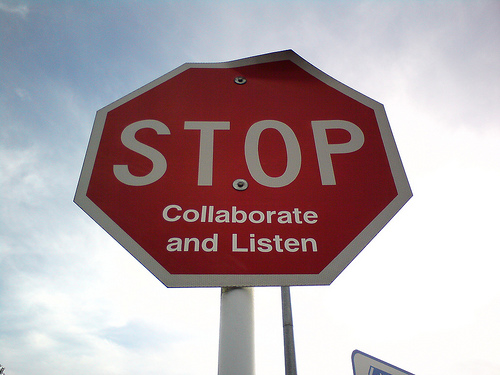Published on
My Constant Quest for Knowledge

I am a lifelong learner!!
My beautiful but sometimes grueling quest for knowledge has shaped me into what I am today, a lover of the written word. Ever since I could remember, I have loved to read anything and everything. I would take a book, tear it apart, and find myself looking for leitmotifs, hidden metaphors and additional meanings. In a tangential way, my mother is responsible for that. She would bring home books from work or a book sale or somewhere and I would devour them like dripping nougats, thus, my obsession with school. I had this ability to make books accrete, to appear larger than life in my own world.
In my imagination, the world or people around me could not truncate. I was and still am a living entity with a novel. I am a living ecological organism with its worlds and prose. Continuing education quenches my thirst for the needed transformation of information; it raises my levels of atmospheric learning and provides a setting of peace and tranquility for my eager soul. I am not one who takes the first class offered just because it is offered; I take it with the understanding both my left and right brains will have a blended learning environment of prose, metacognation, and experiential acumen. Many people would probably refer to me as a knave of literature; I ‘steal’ its essence and sequester it for my own.
Should employers be required to pay for my ‘habit’? In a nutshell, ‘yes.’ My habits permeate to my surroundings, colleagues and students. It is a phalanx of understanding, connection and application—thus my continued need for professional development.
An additional benefit of high quality professional development courses is the collaborative community that often results from teachers learning together. Teachers may continue to communicate and collaborate on professional development course topics after the course has finished, thereby enhancing learning for both students and teachers. This improvement is particularly evident in rural areas, where isolation or limited resources may make teacher retention particularly challenging. One way to reduce the sense of isolation among teachers is to develop a professional community offering collective learning and peer support through the use of technology (Lauer, Stoutemyer, & Buhler, 2005).
Collaboration permits educators to take part in professional development related to a blended learning environment, the promotion of collaboration, and the development of skilled practitioners that are willing and able to work as part of a team to develop collaborative skills.
Taking on any new curriculum brings with it complex changes for the educator, both in the short-term and long-term. Many factors go into the blending of learning environments, and any reform must take this complexity into consideration before involving already overburdened educators. Both groups will need to develop levels of flexibility, adaption, and the willingness to work collegially with others across the curricula. There are numerous extrinsic and intrinsic factors in place such as (a) the educator’s perceptions, (b) the current climate of the school, (c) the daunting task of student motivation, and, (d) improving student achievement.
Permitting educators to take part in professional development related to a blended learning environment promotes collaboration, and the development of skilled practitioners that are willing and able to work as part of a team to develop collaborative skills. The increased professional development opportunities in both areas; increased cross-curricula training and ongoing collaboration between educators. Finally, for the educator, the learning environment must become a place of openness, respect, ongoing learning, and striving for better, classroom activities, as well as stories and strategies are important aspects of learning, fellowship, and ‘feeding’ the continued need for human connectedness and communication.
Author Perspective: Student



